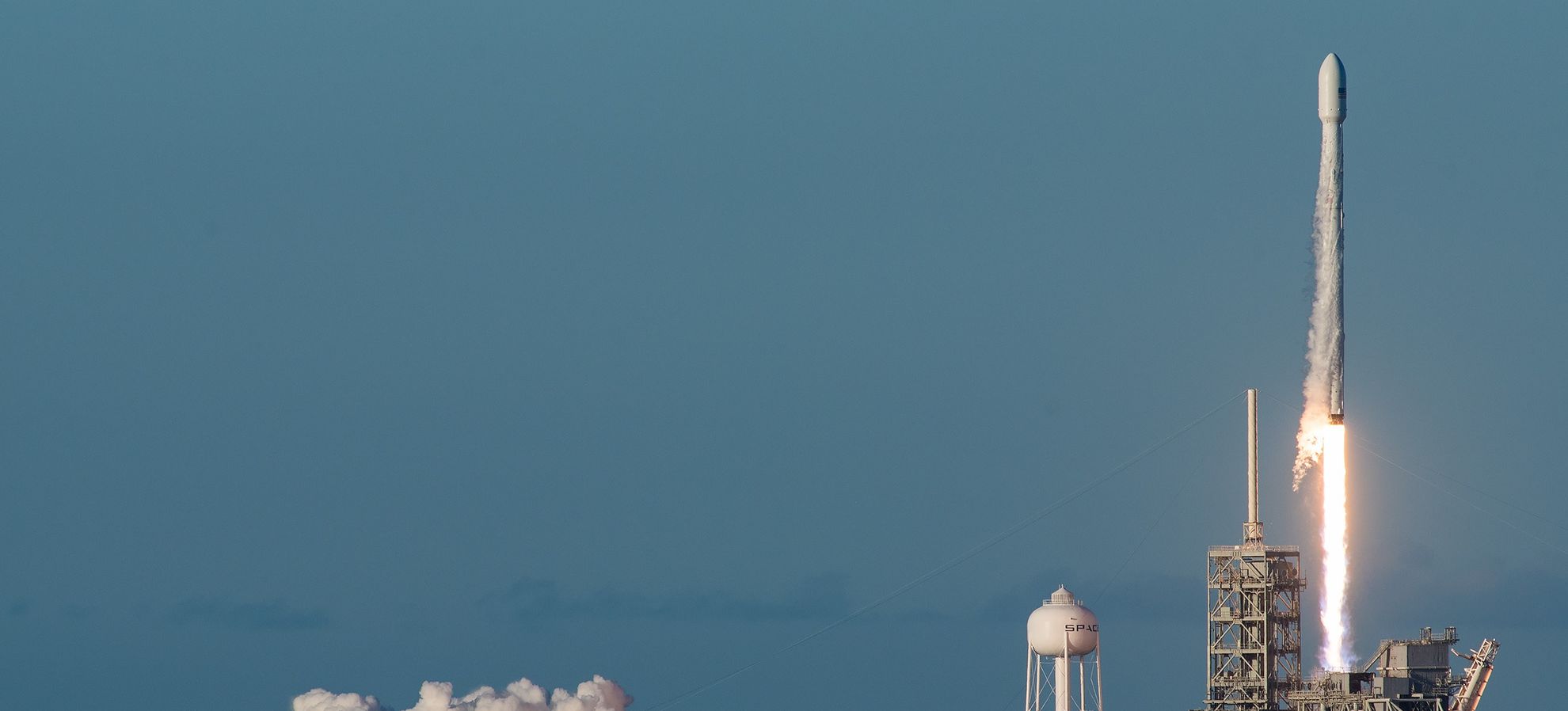From the time SpaceX was awarded $440 million for NASA, the privately-owned company has been developing a means to transport humans, but has only ever launched cargo. SpaceX has been granted an additional $2.6 billion in 2014 to send NASA astronauts to space, and now, the company is gearing up to send its first people to the International Space Station.
In the past four years, there have been concerns raised regarding the safety of these astronauts, Newsweek reports. Back in 2015, SpaceX had one of its Falcon 9 rockets supposedly bound for the ISS suddenly explode just 139 seconds into the mission – something that NASA called an “anomalous event” in a report this year.
In September of 2016, another SpaceX rocket, along with the satellite it was supposed to deliver, exploded at Cape Canaveral Space Launch Complex 40 during a static-fire launch test. These explosions have resulted in growing concerns for those at NASA who feel that if SpaceX rockets blow cargo up, they might very well do the same once there are humans on board.
Some of these issues have to do with SpaceX’s fueling method, called “load-and-go.” This involves keeping fuel at very low temperatures, so that it takes up less space, then loading it into the rocket right before launching, while there is cargo loaded.
Despite these concerns, however, SpaceX and NASA are planning to launch the first manned mission in one of the company’s Dragon spacecrafts, aboard one of the Falcon 9 rockets this year.
A congressional hearing in January saw Hans Koenigsmann, vice president of build and flight reliability at SpaceX, explain the fueling procedures and emphasize that the “load-and-go” method is actually safer. He said,
What we tried to do here is we tried to minimize the time we expose personnel, not just astronauts, but also crew to the hazard of fueling.
Koenigsmann added, “In this particular case, our procedure is actually that we put the astronauts, we strap them in, we make sure they’re comfortable, and then the ground crew retreats and we arm the pad abort system that we’ve already tested. Then we start fueling the main propellants basically within what amounts to half an hour or something like that. So it’s a relatively quick procedure and we believe that this exposure time is the shortest possible and therefore the safest approach.”
























